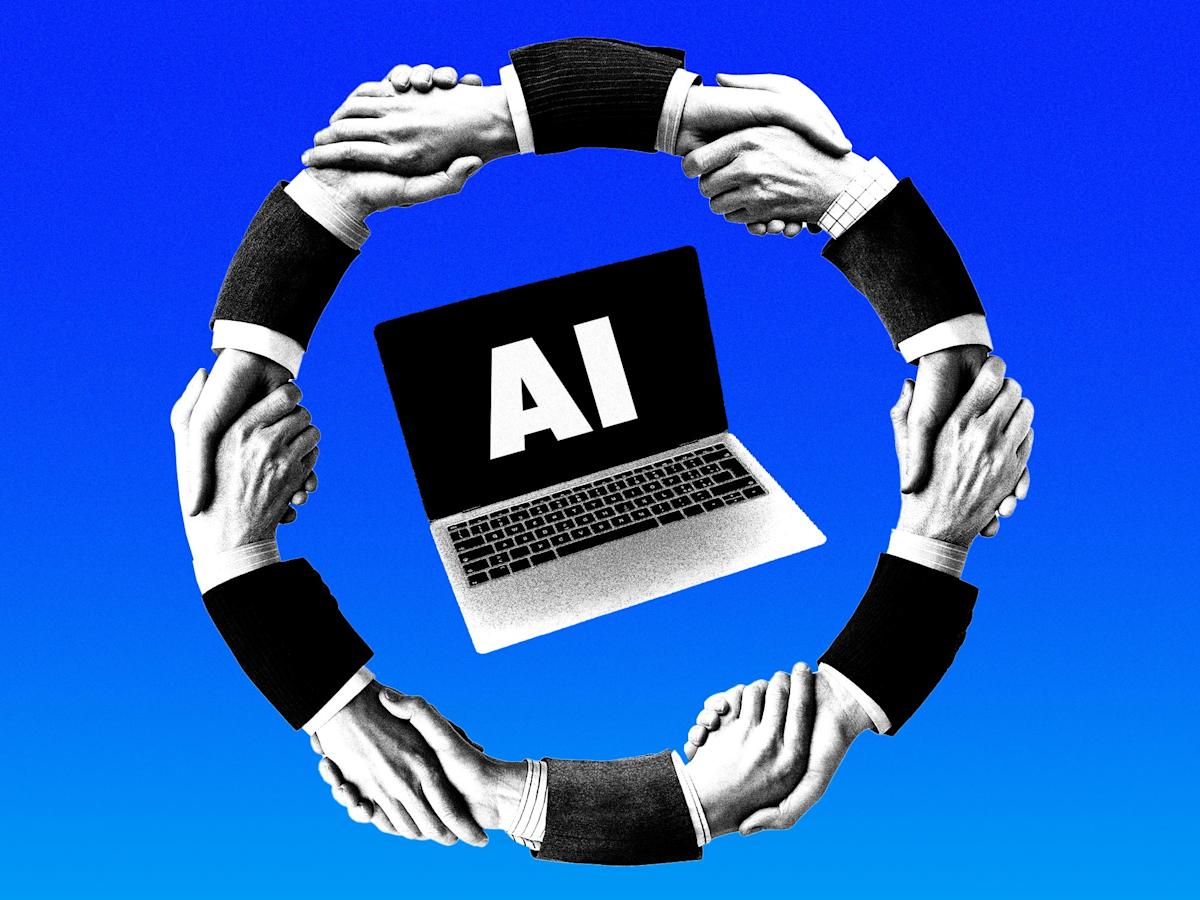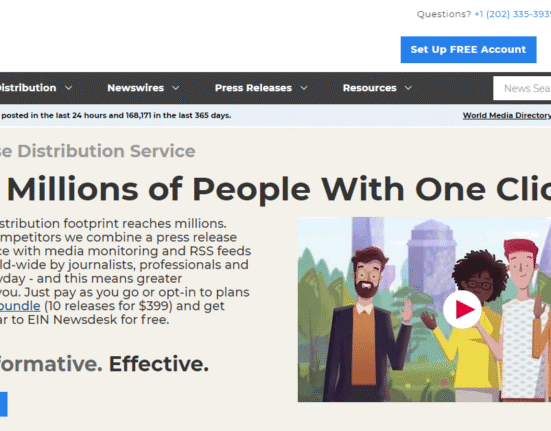You know the saying: Keep your friends close, and your trillion-dollar AI enemies closer.
The artificial intelligence explosion has sparked an intensity of competition in Silicon Valley not seen since the smartphone boom, as tech companies spend billions of dollars to sprint ahead with the most advanced models, access to the most compute power, and the best researchers.
The AI race has also brought some of these rivals closer together than ever. In some cases, uncomfortably close.
Just look at what’s happened in the last few weeks. OpenAI signed a $300 billion deal to access Oracle’s compute power — despite being majority-backed by Oracle rival Microsoft — while Meta signed a $10 billion deal for Google Cloud, per a person familiar. Microsoft, meanwhile, announced that it’s giving its customers access to Anthropic’s AI models, which run on Amazon and Google’s cloud services. For all we fixate on the AI “war,” right now there’s also a lot of AI lovemaking, as many of these companies need each other more than ever.
“The stakes are so high that you’re seeing behavior that in the past wouldn’t happen,” said Gil Luria, managing director at investment firm D.A. Davidson. “It’s a big chess match of: how can I progress on my stuff, but also not miss the boat if someone else is winning?”
But how close is too close? Not only do these AI deals largely run on debt, they’re also forming complex — and consequential — dependencies between companies. In late September, Nvidia announced a $100 billion investment in OpenAI, which in turn said it will build out at least 10 gigawatts of AI datacenters with Nvidia chips, an alliance that has raised the specter of vendor financing and memories of Cisco extending loans in the 90s so companies could purchase its telecoms equipment. Spoiler alert: that didn’t end well.
In the knotty game of AI Twister, what happens when any one giant leg slips?
In some ways, Silicon Valley’s rise to dominance has been built on enemies getting into bed with each other.
Google, for one, just got dragged through a federal court by the Justice Department because of its long-held deal with Apple — a direct competitor — to be the default search engine on the iPhone. In return, Apple gets a huge revenue stream for doing very little work. (In 2022, Google paid Apple a whopping $20 billion, per the DOJ.) The rise of the cloud giants also created an intricate web of dependencies, as smaller rivals began renting the compute powers from the titans they were trying to take down. Amazon offers Apple TV+ on Prime Video. Netflix runs on Amazon’s cloud servers. Apple relies on Samsung components for its phones that compete with Samsung’s.
You know the saying: Keep your friends close, and your trillion-dollar AI enemies closer.
The artificial intelligence explosion has sparked an intensity of competition in Silicon Valley not seen since the smartphone boom, as tech companies spend billions of dollars to sprint ahead with the most advanced models, access to the most compute power, and the best researchers.
The AI race has also brought some of these rivals closer together than ever. In some cases, uncomfortably close.
Just look at what’s happened in the last few weeks. OpenAI signed a $300 billion deal to access Oracle’s compute power — despite being majority-backed by Oracle rival Microsoft — while Meta signed a $10 billion deal for Google Cloud, per a person familiar. Microsoft, meanwhile, announced that it’s giving its customers access to Anthropic’s AI models, which run on Amazon and Google’s cloud services. For all we fixate on the AI “war,” right now there’s also a lot of AI lovemaking, as many of these companies need each other more than ever.
“The stakes are so high that you’re seeing behavior that in the past wouldn’t happen,” said Gil Luria, managing director at investment firm D.A. Davidson. “It’s a big chess match of: how can I progress on my stuff, but also not miss the boat if someone else is winning?”
But how close is too close? Not only do these AI deals largely run on debt, they’re also forming complex — and consequential — dependencies between companies. In late September, Nvidia announced a $100 billion investment in OpenAI, which in turn said it will build out at least 10 gigawatts of AI datacenters with Nvidia chips, an alliance that has raised the specter of vendor financing and memories of Cisco extending loans in the 90s so companies could purchase its telecoms equipment. Spoiler alert: that didn’t end well.
In the knotty game of AI Twister, what happens when any one giant leg slips?
In some ways, Silicon Valley’s rise to dominance has been built on enemies getting into bed with each other.
Google, for one, just got dragged through a federal court by the Justice Department because of its long-held deal with Apple — a direct competitor — to be the default search engine on the iPhone. In return, Apple gets a huge revenue stream for doing very little work. (In 2022, Google paid Apple a whopping $20 billion, per the DOJ.) The rise of the cloud giants also created an intricate web of dependencies, as smaller rivals began renting the compute powers from the titans they were trying to take down. Amazon offers Apple TV+ on Prime Video. Netflix runs on Amazon’s cloud servers. Apple relies on Samsung components for its phones that compete with Samsung’s.











Leave feedback about this